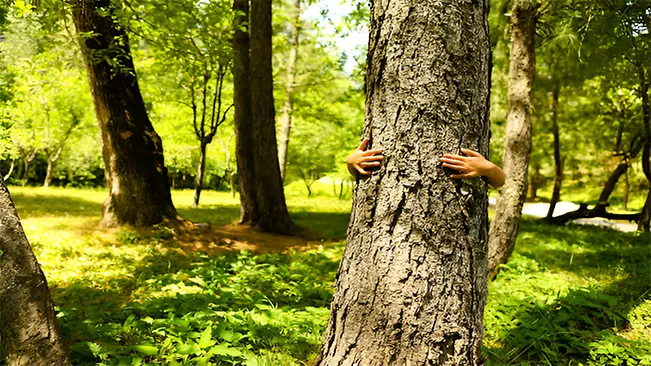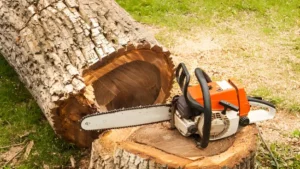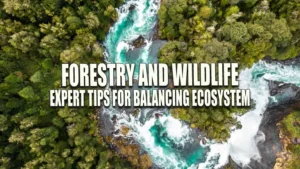How Can We Protect Trees: Essential Tips for Conservation
- September 18, 2024
- 0 comment

Trees are critical for maintaining clean air, water, and biodiversity. They absorb carbon dioxide, helping reduce the impact of climate change. Yet, tree loss due to deforestation, agriculture, and urban expansion poses a severe threat to the environment. Globally, we lose 10 billion trees every year, and only 3 trillion remain half of what existed before human civilization. To address this crisis, immediate action is needed.
The first step is to reduce deforestation. Supporting laws that limit tree cutting and promote reforestation is essential. Strong regulations can prevent the unnecessary destruction of trees and help restore ecosystems through replanting initiatives. By reducing deforestation, we preserve existing forests, which play a crucial role in carbon sequestration and biodiversity.
Another important action is to promote sustainable practices. Consumers can make a difference by choosing products certified by sustainability programs like the Forest Stewardship Council (FSC). These certifications ensure that wood and paper products come from responsibly managed forests, reducing the pressure on natural ecosystems. Supporting companies that adhere to sustainable forestry practices helps decrease demand for products that drive deforestation.
Reducing your carbon footprint also plays a vital role in protecting trees. Fossil fuel use contributes to climate change, which exacerbates deforestation through land conversion and forest degradation. Opting for public transportation, carpooling, or biking can reduce reliance on fossil fuels, lessening the environmental impact and lowering the demand for land conversion.
Tree planting is valuable, but protecting mature trees should be a priority. Mature trees store more carbon and provide greater environmental benefits, including stabilizing soil, regulating water cycles, and offering habitat for wildlife. While planting new trees is important, preserving existing forests is more effective for immediate climate benefits.
Lastly, advocating for tree protection at the local level can have significant impacts. Supporting local policies that protect trees, green spaces, and urban forests ensures that these areas remain intact and continue to benefit communities.
By focusing on reducing deforestation, supporting sustainable forestry, lowering carbon footprints, protecting mature trees, and advocating for stronger protections, we can make a real difference in conserving trees and fighting climate change.

Charles Hayes
Forestry AuthorI'm Charles Hayes, I bring over 15 years of specialized expertise in landscaping and woodworking, blending artistic design with sustainable environmental stewardship. My career, fueled by a profound passion for the natural world, encompasses extensive education and hands-on experience in creating harmonious, eco-friendly outdoor spaces and responsibly managing forest resources. Recognized for my professional standing, I am committed to continuous learning and certification in cutting-edge practices. My expertise is not only reflected in my work but also in my contributions to community projects, educational workshops, and collaborations with industry leaders. As an authoritative voice in my field, I strive to share knowledge and promote environmentally conscious approaches, making me a trusted resource in landscaping and forestry.













Leave your comment